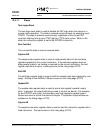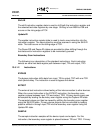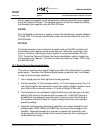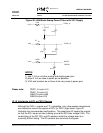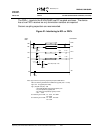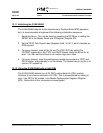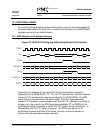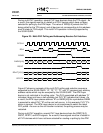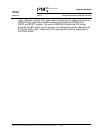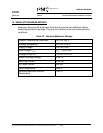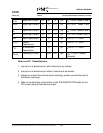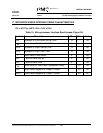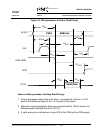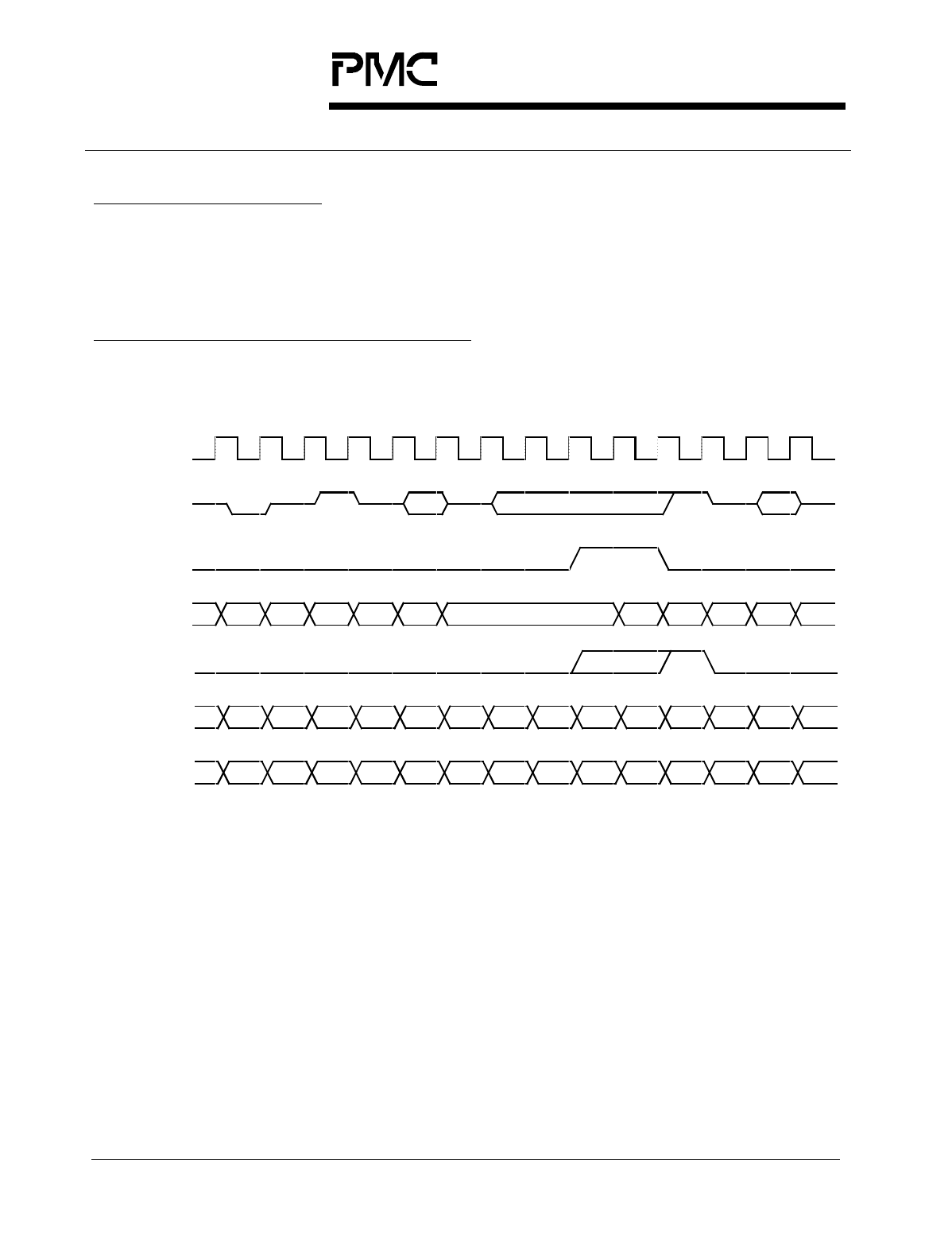
S/UNI-QUAD
PMC-Sierra, Inc.
PM5349 S/UNI-QUAD
DATASHEET
PMC-971239 ISSUE 6 SATURN USER NETWORK INTERFACE (155-QUAD)
Proprietary and Confidential to PMC-Sierra, Inc., and for its Customers’ Internal Use
223
14
FUNCTIONAL TIMING
All functional timing diagrams assume that polarity control is not being applied to
input and output data and clock lines (i.e. polarity control bits in the S/UNI-QUAD
registers are set to their default states).
14.1
ATM Utopia Level 2 System Interface
Figure 22: Multi-PHY Polling and Addressing Transmit Cell Interface
TCA
TSOC
TDAT[15:0]
TPRTY
W
(
n-6
)
W
(
n-5
)
W1 W2 W3W
(
n-4
)
W
(
n-3
)
W
(
n-2
)
W
(
n-1
)
W
(
n
)
W
(
n-7
)
W4X X
TFCLK
TENB
TADR[4:0]
CA
(
A
)
CA
(
B
)
CA
(
C
)
CA
(
B
)
A B 1Fh C 1Fh B 1Fh A 1Fh C 1Fh
CA
(
A
)
X
X
Figure 66 is an example of the multi-PHY polling and selection sequence
supported by the S/UNI-QUAD. "A", "B", and "C" represent any arbitrary address
values of PHY devices which may be occupied by the S/UNI-QUAD. The ATM
Layer device is not restricted in its polling order. The PHY associated with
address "A" indicates it cannot accept a cell, but PHY "B" indicates it is willing to
accept a cell. As a result, the ATM Layer places address "B" on TADR[4:0] the
cycle before TENB is asserted to select PHY "B" as the next cell destination. In
this example, the PHY "C" status is ignored. The ATM Layer device is not
constrained to select the latest PHY polled. As soon as the cell transfer is
started, the polling process may be restarted.



